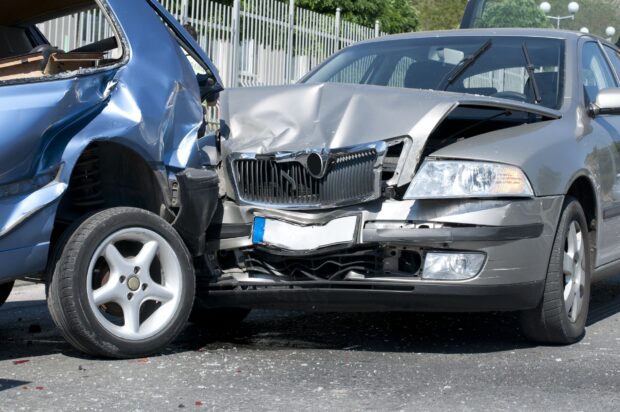Dangerous driving behaviors like speeding, not using seatbelts and impaired driving contributed to a significant rise in fatal crashes compared to pre-pandemic times, researchers at the AAA Foundation found.
The new research by AAA Foundation for Traffic Safety highlights a disparity in the pandemic’s impact on traffic safety.
Black and Hispanic Americans, already disproportionately affected by traffic fatalities, saw even more significant increases from 2020 through 2022.
Those with lower educational attainment also experienced a much sharper rise in fatalities compared to college graduates, the researchers found.
From May 2020 through December 2022, 114,528 people were killed in traffic crashes on U.S. roads, a 17 percent jump in traffic deaths (nearly 17,000 additional fatalities) compared to what would have been expected under pre-pandemic trends.
Traffic deaths outpaced forecasts the most for young adults (20-24), with teens (16-19) taking the top spot in 2021, the study found.
Males consistently exceeded estimates by 14-19 percent, while females only did so in 2021 (15 percent increase).
Black Americans – 12 percent of the U.S. population – accounted for approximately 34 percent of the entire rise in traffic fatalities relative to how many would have been expected based on the pre-pandemic trend.
Hispanic Americans, 19 percent of the U.S. population, accounted for approximately 25 percent of the increase, researchers said.
“Our study points to an ongoing disturbing trend of risky driving behaviors, which we noted in previous research earlier in the pandemic,” said Dr. David Yang, president and executive director of the AAA Foundation. “There are still far too many road users who lose their lives in preventable crashes. The findings from this latest AAA Foundation study underscore the importance of addressing traffic safety from an equity perspective – communities across the United States must provide safe transportation options to meet the needs of their users.”
The study found that speeding and driving under the influence of alcohol remain significant contributors to fatal crashes.
The increase in occupant deaths was almost entirely among those not wearing seatbelts, the analysis showed.
Drivers and victims of all ages up to 55 saw a significant rise in fatal crash involvement, AAA found, with men disproportionately affected.
Contrary to initial assumptions, the increase in fatal crashes wasn’t limited to times when the pandemic cleared previously congested daytime roads. Late nights and early mornings saw the most significant spikes, the study noted.
In light of the study’s findings, The AAA Foundation emphasizes safe transportation options for vulnerable populations benefits everyone, addressing broader traffic safety issues beyond just the pandemic’s effects and developing a comprehensive strategy to improve overall road safety.
“It’s time for transportation leaders to walk the talk about curbing traffic deaths,” said Jake Nelson, AAA’s director of traffic safety and advocacy. “I think this research illuminates a path towards zero traffic deaths for the nation, which is to target resources and solutions to the people who experience a disproportionate burden of traffic deaths on our roads–lower socioeconomic and minority groups.”
AAA is working with the National Transportation Safety Board to explore ways to increase traffic safety in metropolitan areas, with a special focus on historically underserved communities.





















 Chubb, The Hartford, Liberty and Travelers Team Up on Surety Tech Co. Launch
Chubb, The Hartford, Liberty and Travelers Team Up on Surety Tech Co. Launch  Examining 5 Key Factors Fueling MGA Growth—and Emerging Challenges Ahead
Examining 5 Key Factors Fueling MGA Growth—and Emerging Challenges Ahead  The Latest Launches from Allstate, WTW, Whisker Labs
The Latest Launches from Allstate, WTW, Whisker Labs  Rebuilding Negotiation Talent: Why This Skill Is Missing and How to Fix It
Rebuilding Negotiation Talent: Why This Skill Is Missing and How to Fix It 